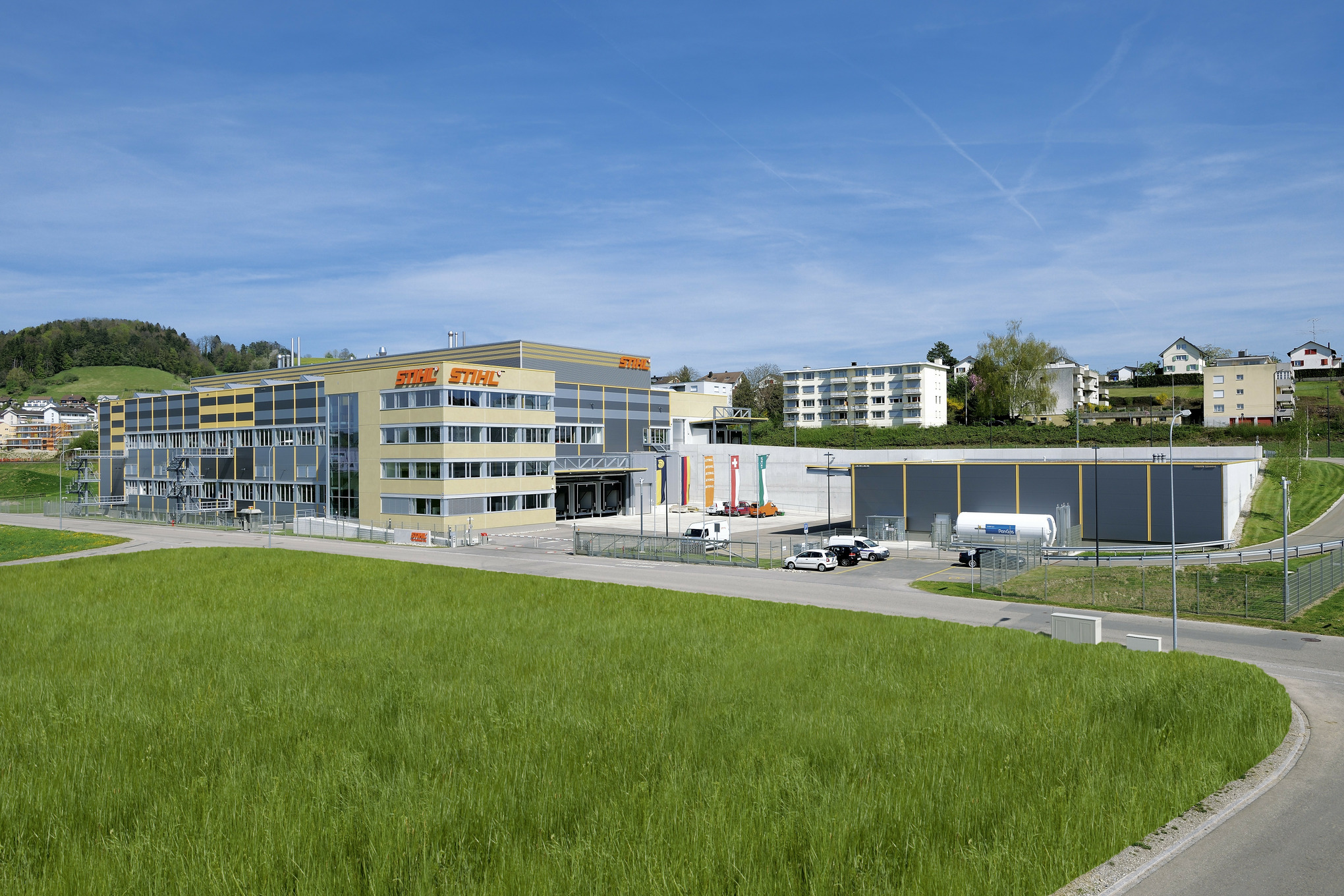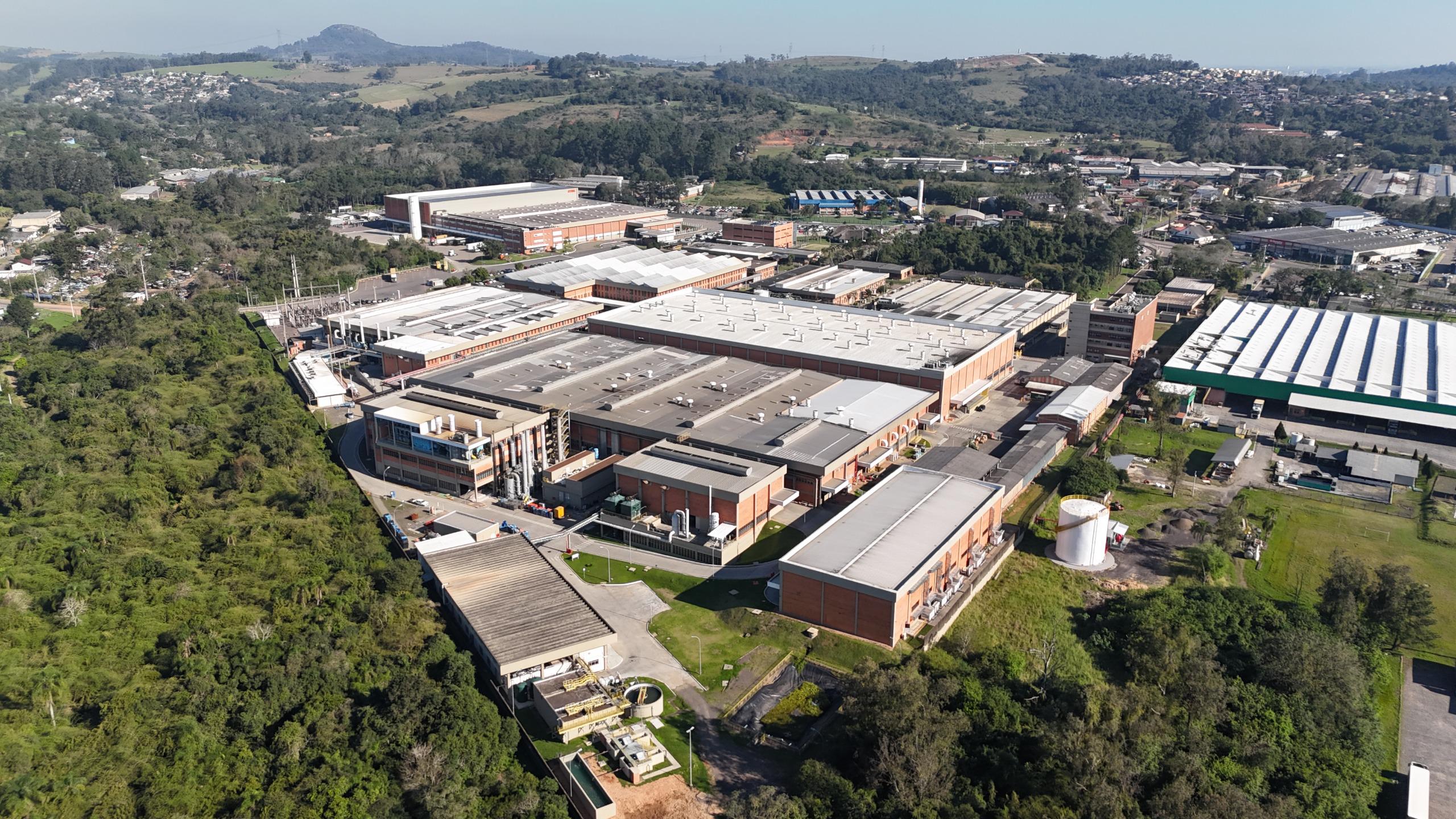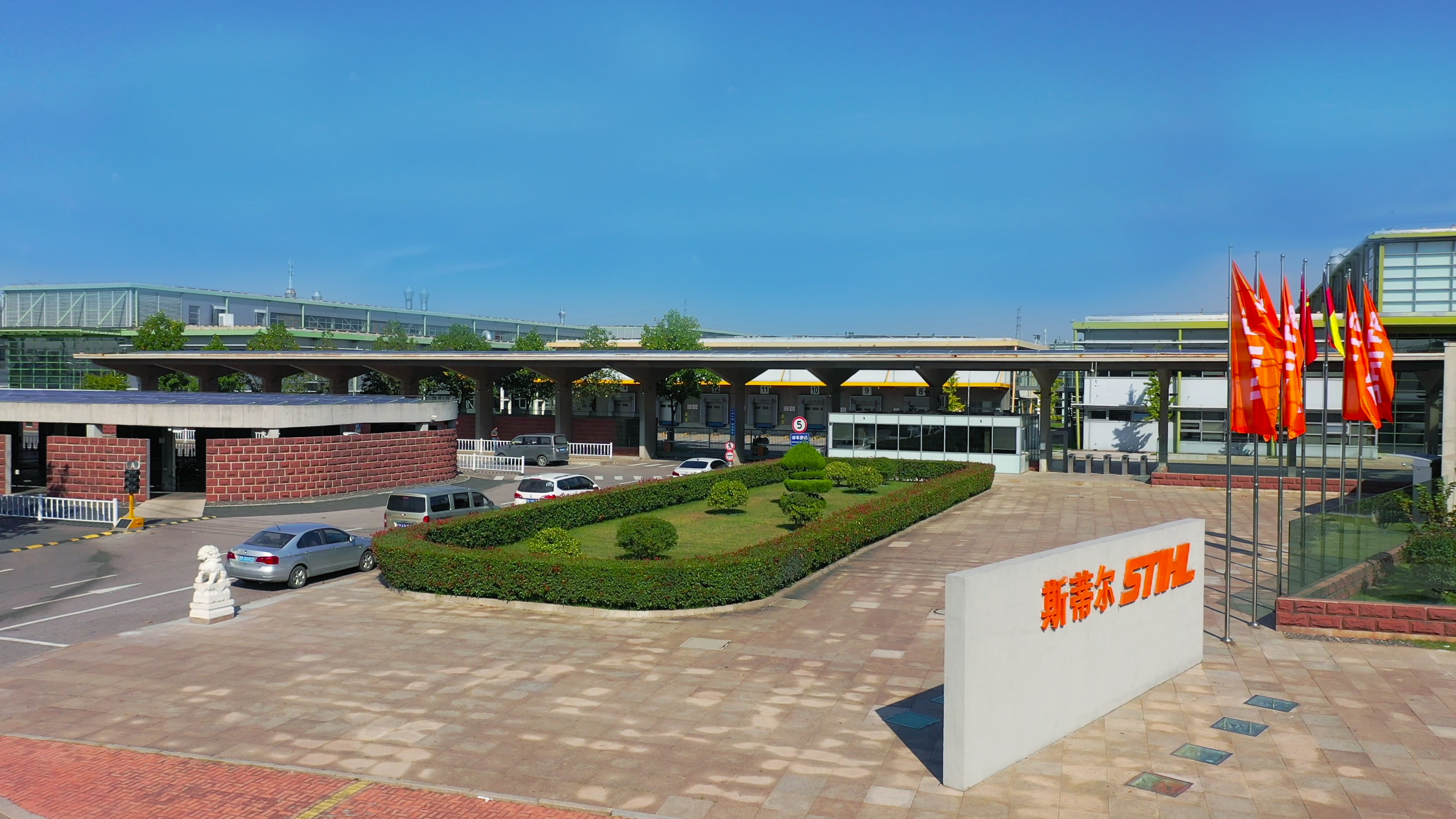The sum of all parts:
Production sites in seven countries
Die-cast parts, cylinders, bars and a wide variety of saw chains: These are just a few examples of the many components we manufacture in-house. Located across seven countries all over the world, each of our production sites contributes its own special expertise to the international STIHL production network.
A trip around the world...
Questions and answers about our production network
STIHL power tools and their components are produced on four continents all over the world. Each production site contributes its own expertise to the assembly of power tools and the production of components for our worldwide production and sales network. No two plants are the same – well, that is not true in every aspect: Every production site meets STIHL’s high quality standards.
We sell 90 percent of our STIHL power tools outside our German headquarters – a clear testament to the international nature of our production network. When we build a new production site, we take many considerations into account. For example, production should take place as close to the market as possible, because that enables us to be quickly market-responsive, as well as shortening transport routes and reducing CO2 emissions. That said, given that STIHL power tools are sold in 160 countries, having a local presence in every country is neither economical nor sensible. After all, production also needs to be as cost-effective as possible. We achieve this by bundling production of large volumes of components at specific sites, among other things.
Saw chains: Wil and Bronschhofen in Switzerland. Carburetors: Huizhou in China and Santo Tomas in the Philippines. Power tool housings: Virginia Beach in the United States. Magnesium components: Weinsheim in Germany. Many of our STIHL production sites specialise in components that are then installed in the power tools subsequently – sometimes at different sites. How do we benefit from this specialisation? It enables us to produce large quantities in a cost-effective manner and ensures that the most important components of STIHL power tools are coordinated with each other and meet our high quality standards.
Andreas Stihl was a pioneer of globalisation. STIHL tools were already in demand outside Germany in the early 1930s. The company’s international production network took root in 1973 with a Brazil site; STIHL went on to set up further production sites in Brazil, Switzerland and the USA shortly afterwards. Today, STIHL also operates plants in Austria, China and the Philippines. Our production plants have gradually expanded in line with increasing demand and the expansion of our product portfolio. The battery pack production at our headquarters in Waiblingen is one of the most recent additions to our production network, and marks another step towards greater vertical integration in this future-oriented technology at the German site.
STIHL Executive Board member Martin Schwarz on the advantages of in-house production
In terms of vertical integration, STIHL is far ahead of the competition when it comes to petrol products. What about battery products?
MARTIN SCHWARZ: We produce the majority of our battery products at our STIHL Tirol plant, and we are also gradually expanding our international production network in this segment – in the USA, at STIHL China and also at our headquarters in Germany, for example. In 2021 we will reach a new technological milestone with our completely new battery packs. The series production processes for these packs are already fully developed. Greater vertical integration in the battery segment is a real advantage for us, as we are still in a niche segment with high current-carrying capacity. Through this and other projects, we are strengthening our profitability, our competitiveness and our internal value creation.
How do customers benefit from these efforts?
MARTIN SCHWARZ: This approach means that the components of our products are coordinated with each other and work in perfect harmony. Our customers receive durable, high-quality and above all high-performance products with an excellent power-to-weight ratio. In addition, we are not dependent on the standards of our suppliers, but instead are able to coordinate the components and manufacturing processes with our requirements for the overall product. Changes and continuous optimisations are driven by us ourselves, which enables us to respond quickly and precisely to the wishes of our customers.

CONNECTED WORLDWIDE
STIHL has its roots in Germany, where the company now operates eight sites. However, STIHL is also represented internationally with its own production facilities across four continents.
Find out more in the story "Globally connected"
Have you always wanted to know how a STIHL chainsaw is assembled?
Then why not join us on a trip to our final assembly? From the first screw to the packaging – discover the journey each saw takes to completion with us and how many employees are involved in that journey.






